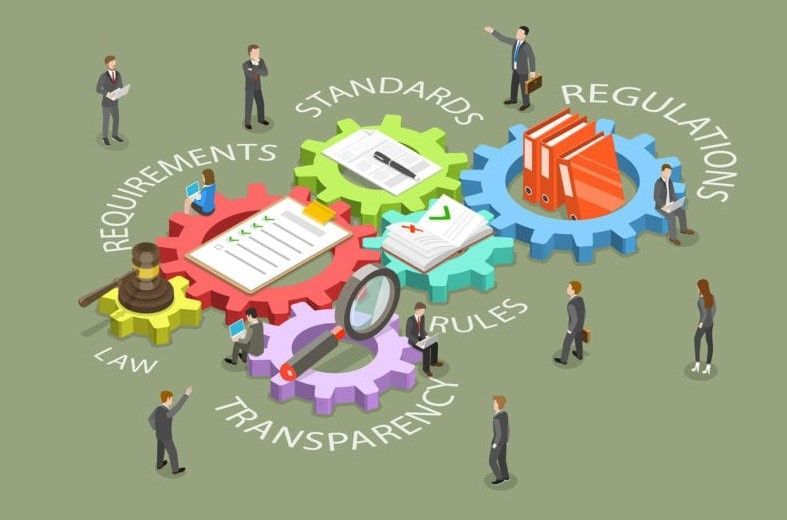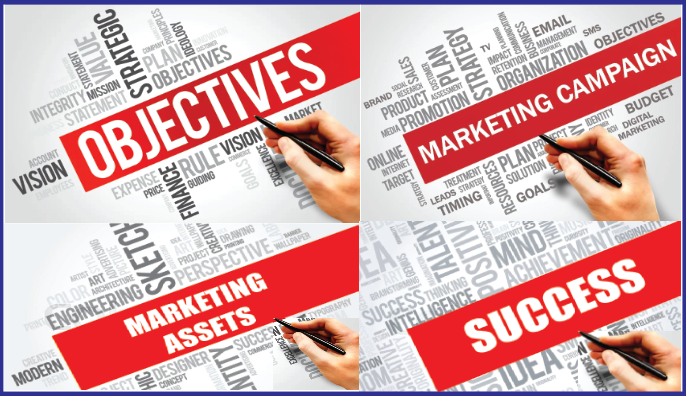New Practice Area to Benefit Nonprofits
We’ve long worked with nonprofits, not-for-profits, and other organizations focused on producing positive social impact or serving members rather than customers. Now, we’ve created a new practice area to increase our involvement with those types of organizations and their funders.
Over the past 25 years, Productive Strategies has been privileged to work with nonprofit, not-for-profit, and for-profit organizations that support social impact initiatives over the years. We’ve been especially inspired by their ability to harness our FOCIS® training and other services to pursue their missions.
Examples include Feed My Starving Children, the German American Chamber of Commerce, St. Leonard’s Ministries, the EJ Water Cooperative, Northwestern University, and the University of Wisconsin School of Business. They’ve used our training, lead generation, and marketing services to improve their fundraising development processes, strengthen relationships with current funders, promote events, better serve stakeholders and members, and demonstrate value to others who might find their programs helpful.
But in this day and age, nonprofits face increasingly challenging demands as competition for funding continues to increase in the wake of budgeting crises in government and other traditional funders. Additionally, funders are taking increasingly active approaches in determining the practices and methods they wish to fund.
The stark implication of these challenges is that it has become more and more difficult for nonprofits to sustain themselves and the pursuit of their missions. In recognition of these difficulties, Productive Strategies is excited to offer a new suite of services tailored to the needs of nonprofit, not-for-profit, and social impact organizations.
Google Analytics— Explained!
In August, we’re offering an informative, complementary program— not a workshop—to help you better understand Google Analytics and its value for your business or organization. Brighten your world by helping us light another candle on our 25 th anniversary cake.
Details to come.
As a result, we’re pleased to welcome Christopher Mayer to our team as a senior consultant. Chris is a dedicated nonprofit professional experienced in fundraising, program development, research, and behavioral healthcare. His knowledge and understanding of the nonprofit sector as well as his boots-on-the-ground experience form a solid foundation for this new practice area. We’re confident that Chris will enable us to extend our organization and stakeholder-building services significantly.
If you’re engaged with a nonprofit, take a few moments to ask yourself these questions:
- Is your board of directors comfortable with—and effective at—fundraising?
“Boards are a critical part of your fundraising team; however, many members are uncomfortable in this role,” says Chris. “Learning how to communicate your mission and persuade potential donors of its value can be transformational. But it doesn’t just happen. Board members need support and informed guidance.”
- Is your development team treading water with current funders or actively searching and producing new relationships?
Just as for-profit organizations can’t bring in new business without the bandwidth to cultivate new relationships neither can nonprofits increase their scope and reach without successfully obtaining high-level meetings. “And, for many organizations,” notes Chris, “submitting a large volume of grant proposals is essential.”
- Can you attract and retain talented development professionals?
Productive development professionals are in high demand and a wrong fit can have far-reaching implications for your organization. “Those implications not only restrict short-term program efforts,” Chris explains, “but also long-term planning. On the other hand, the implications of the right fit will be completely opposite.”
- Do you have a nuanced fundraising communication strategy tailored to emerging trends and implemented throughout all levels of your organization?
Successful fundraising is all about strategy and the ability to communicate the value of your services in a strategic manner. It’s important to provide “what’s next” leadership to stakeholders, especially funders, to build and maintain enthusiasm.
- Do you rely too much on one or a handful of funders?
The loss of a major funder can be devastating, but diversification is difficult. The ability to manage important relationships successfully is critical.
If you experience any of those challenges, our services can help transform the way you develop resources to pursue your mission:
-
-
-
-
- FOCIS ® Nonprofit and Social Impact: A version of our proprietary, time-tested FOCIS® consultative sales training course with a curriculum that’s been altered to meet the demands of nonprofit and social impact organizations. With this course, your leadership can dramatically improve its fundraising success rate.
- Nonprofit Ecosystem Training: Board members, executives, and development staff can benefit from understanding how nonprofits interact within their organizational ecosystem—a wide array of interdependent participants, including institutions, individuals, education initiatives, and groups. To successfully pursue their missions, nonprofits must engage with these stakeholders in a strategic way. Through a customized needs assessment, training, and strategy development process, nonprofits can better manage relationships in their organizational ecosystem.
-
-
-
- Grant Writing and Development Campaign Administration: It’s time-demanding to manage current funders while submitting proposals to attract new funding. Our grant writing team develops strategically nuanced proposals to help you break out of the status quo.
-
We look forward to expanding our services to assist the committed men and women working toward strengthening our society through positive goals and actions. The mission of our new nonprofit and social impact practice is to empower you to realize your mission. To learn more, please contact us at 847-446-0008, pkrone@productivestrategies.com , or cmayer@productive strategies.com.
-
-
The post New Practice Area to Benefit Nonprofits appeared first on Productive Strategies, Inc..










